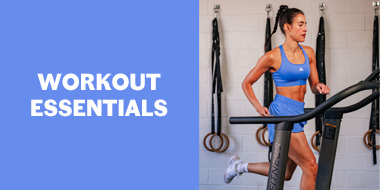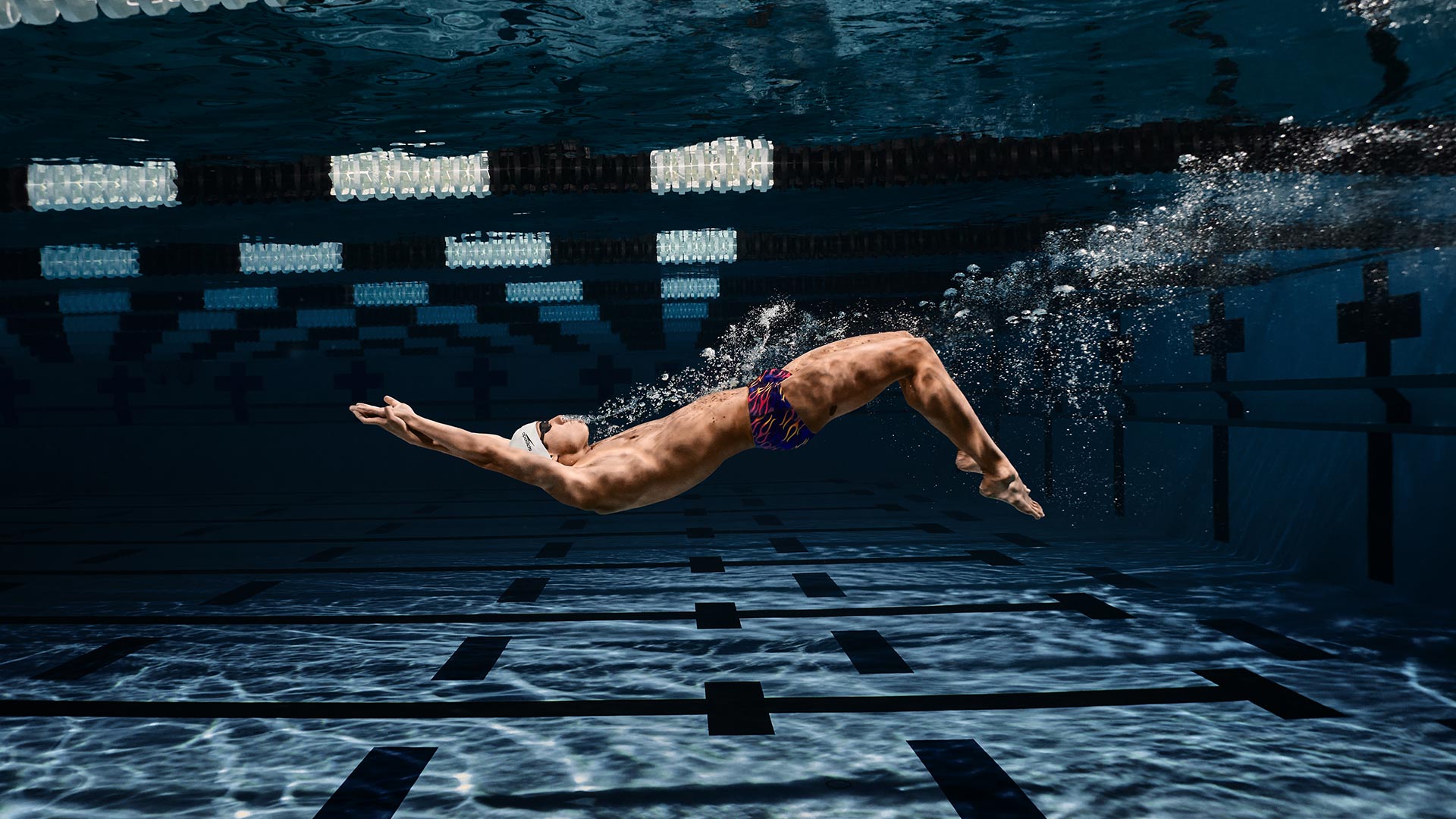Three things are essential for the swimmer: the swimsuit, the goggles and the swim cap.
When selecting a swimsuit, it’s important to remember that you’re not going to the beach, nor will you be surfing. Picking a properly fitted swimsuit, and for women, one with comfortable straps and ties that keep breasts secured, is essential.
Investing in a good pair of goggles is worthwhile. You don’t want to be taking them off every few minutes. Try a few models to be sure you’re getting the best fit. Look at the size of the bridge (good models will offer different sizes) and make sure the goggles fit naturally over your eyes. You shouldn’t have to apply pressure for them to adhere to your face.
Finally, select a silicone bathing cap if you want something easy to put on that will last and make sure it’s large enough to comfortably fit all your hair! You’re ready to jump in at the deep end.















